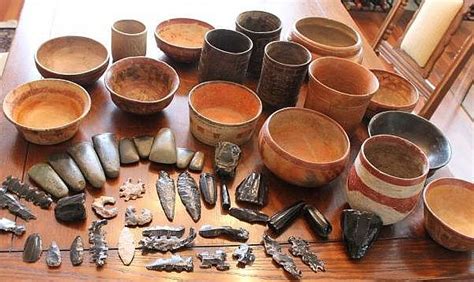Leonardo Patterson, a name that once echoed through the glittering world of antiquities, has now fallen into the shadows in death. Born in the heart of rural poverty in Costa Rica, his journey was one of extremes – from obscurity to opulence, from admiration to infamy.
In the heyday of Latin American antiquities’ booming market during the 1960s, Patterson emerged as a formidable figure. With an uncanny eye for rare treasures and a knack for making connections, he swiftly ascended the ladder of success. His collection boasted exquisite carvings, intricate jewelry, and enigmatic headdresses that whispered tales of ancient civilizations.
“He had this aura about him,” remarked one art enthusiast who crossed paths with Patterson. “His pieces seemed to carry the weight of history within them.”
Patterson’s meteoric rise was not without its controversies. Whispers lingered among experts about the authenticity and legality of his acquisitions. While he vehemently defended their provenance, doubts cast a shadow over his illustrious career.
“He aided and abetted a great degree of looting,”
One archaeology consultant pointed accusing fingers at him for perpetuating the rampant looting that plagued archaeological sites across Latin America. However, during the era when Patterson reigned supreme in his realm, scrutiny was sparse, and few questioned the origins of these mesmerizing artifacts.
As Arthur Brand, an art detective entangled in unraveling Patterson’s web of deceit later revealed: “In those decades when he held sway – museums turned blind eyes; auction houses looked away.”
The allure surrounding Patterson’s collection was undeniable. Each piece bore witness to a bygone era; they were portals into worlds long forgotten but still palpably present through intricate craftsmanship and timeless beauty.
Despite his lack of formal education – claiming he never learned to read – Patterson possessed an innate acumen that allowed him to navigate effortlessly through the cutthroat world of high-stakes antiquities trading. His dealings took him from Miami’s sun-soaked streets to New York City’s buzzing art scene where owning an authentic Olmec stone head was akin to possessing cultural gold.
Sadly, beneath this facade of glamour lurked darker truths. Allegations began surfacing accusing Patterson of peddling fake artifacts and profiting from stolen heritage. The house built on sand finally crumbled when irrefutable evidence came to light indicting him for his illicit activities.
On February 11th in Bautzen, Germany – far removed from the glitz and glamour he once commanded – Leonardo Patterson breathed his last breath at 82 years old. The circumstances surrounding his passing remain shrouded in mystery as authorities withhold details regarding both cause and place.
“The market for Latin American antiquities took off… flooded galleries…”
Today, as we reflect on Leonardo Patterson’s tumultuous legacy, we are left questioning not just his deeds but also our collective complicity in turning a blind eye to questionable practices for the sake of artistic marvels. In a world where artifacts speak volumes about our shared human story, may we learn from both the brilliance and darkness encapsulated within each treasure unearthed from ancient tombs.
As time sweeps away remnants of past empires like sands shifting over forgotten ruins, let us remember that behind every artifact lies not just history but also humanity – with all its triumphs and flaws intertwined like threads woven into tapestries destined to endure beyond even our own fleeting existence.

